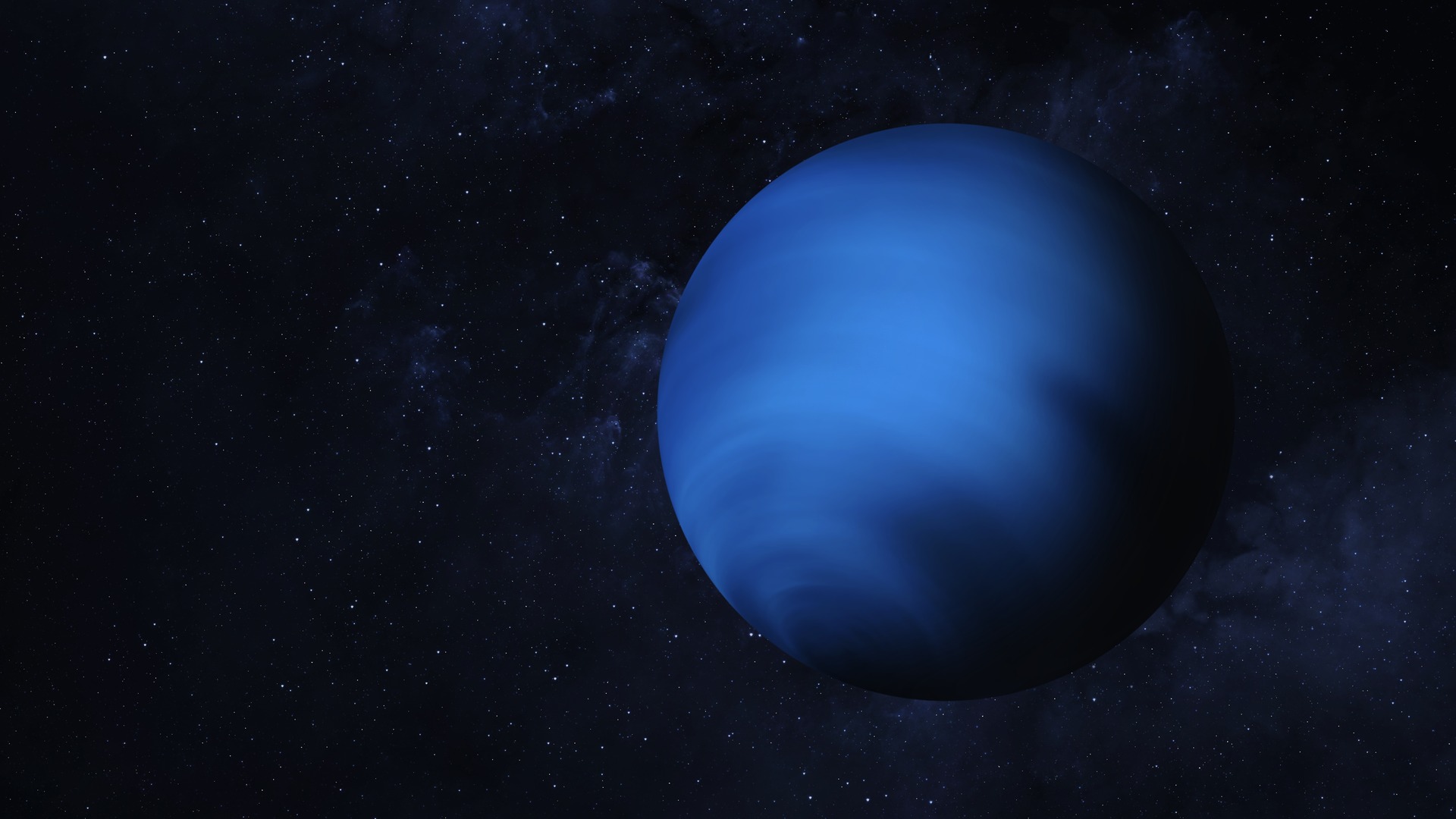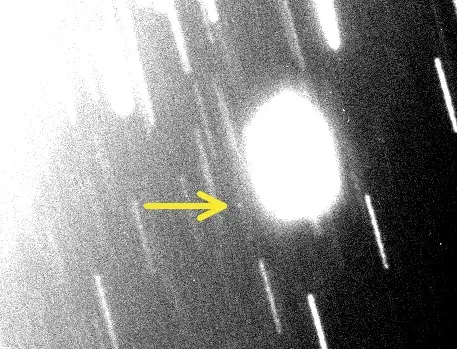Hello There! 3 New Moons Found Orbiting Uranus And Neptune
26th Feb 2024
Three moons in our Solar System have been discovered by ground-based telescopes that were previously hiding in plain sight. The moons in question orbit the solar system’s two “ice giant planets”: Uranus and Neptune. Their colloquial names are yet to be announced, but the three-year process has finally uncovered that both ice giants officially have a new moon population.
Scott Sheppard of the Carnegie Institute for Science and the person who spotted the moons, said: “The three newly discovered moons are the faintest ever found around these two ice giant planets using ground-based telescopes. It took special image processing to reveal such faint objects.”
How Uranus’ Moon Was Discovered

When Shepard used the Magellan telescope in Chile in 2023, he saw the moon orbiting Uranus. Before that, he saw the undiscovered moon in previous images he captured in 2021. Using these images, in addition to gaining assistance from NASA’s Jet Propulsion Laboratory, Shepard determined its “moon orbit.”
As a result of the discovery, Uranus now has 28 moons. The tiny celestial object is also only 8 kilometres in size, and is understood to be the smallest of Uranus’ moons. Its orbital odyssey takes 680 days – according to Carnegie – and currently possesses the placeholder name S/2023 U1. Eventually, Carnegie said it will receive a Shakespearen eponym, following the same suit as Uranus’ other moons.
Understanding Neptune’s Two New Moons
The first moon uncovered was the more luminous one, which was found using, once again, the Magellan Telescope.
A consortium of scientists from the likes of Northern Arizona University then joined the cause to locate the more imperceivable secondary moon. This “extremely faint object” was unearthed using the Subaru telescope in September 2021.
Many subsequent observations confirmed that the brighter moon was orbiting Neptune. However, to understand the orbital path of the fainter moon, Shepard had to follow “special observing time under ultra-pristine conditions”. He also had to enlist the aid of the Gemini Observatory’s telescope which “secure[d] its orbit.”
The Make-Up Of Neptune’s New Orbital Children
The brighter moon is approximately 23 kilometres and has the immense task of undertaking a 9-year orbit. Inversely, the fainter moon is 14 kilometres in size and has an even bigger 27-year orbit. In time, they will adopt a Greek mythological name “based on the 50 Nereid sea goddesses”, Carnegie said.
What The Moons Tells Us About The Universe’s Past
Due to the moon’s orbital type, scientists believe they must have been constrained in both of the ice giant planet’s orbits quickly following their formation. Unsurprisingly, the discovery has not come as a shock due to other giant planets holding a comparatively similar moon population, Shepard said.
As a result, these moons may offer new insights into the formation of the early universe. The three moons will be closely studied over a range of upcoming missions, Carnegie explained. Additionally, there could also be more faint, undiscovered moons in the Milky Way.
This theory was deduced due to large moons shattering when colliding with comets and asteroids. Consequently, The debris remnants then act as new moons; too faint to see with current human technology, Carnegie said. Significantly, this paints a picture of how the universe interacted and how violent the environment was during the solar system’s earliest days.

![Beauty of the Pink Moon And Lyrid Meteor Shower in This Week’s Best Astrophotos [19-26 April] Beauty of the Pink Moon And Lyrid Meteor Shower in This Week’s Best Astrophotos [19-26 April]](https://orbitaltoday.com/wp-content/uploads/2024/04/Pink-Moon-is-on-its-way-above-the-mountains-1-300x300.jpg)





Thank you for your comment! It will be visible on the site after moderation.